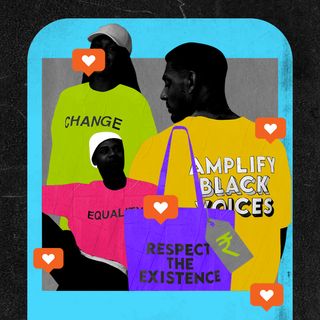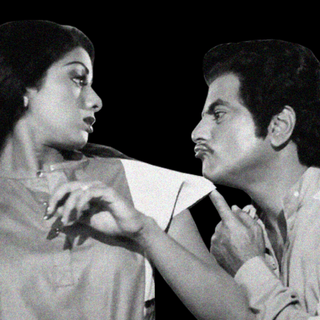Call the press: the couple is wearing jerseys with their partner’s names on them. Inform the United Nations: Zendaya’s hand is in Tom’s pocket.
If you don’t live under a digital rock, chances are that you’ve come across at least one image, reel, tweet, or even an article reporting the groundbreaking developments in actors Zendaya’s and Tom Holland’s deified relationship. They may be holding hands, taking a stroll, Holland may have placed a hand on Zendaya’s knee, making furtive eye contact during interviews — everything has been scrutinized to atomic detail.
You and I and our respective mothers know by now that they’re a thing, that they may have bought a house together, and that, lest you forgot already, they are a thing. Most definitely. Did we mention that they are so cute together? Did you hear that Tom Holland is now the Internet’s boyfriend?
These fairly banal, innocuous acts of affection between a couple are usually accompanied by raving reactions — mostly in praise of Holland. People wax adoringly about his wholesomeness and how he seems like a great boyfriend, elevating him as the gold standard for all boyfriends henceforth.
The Internet’s fixation with the couple has been overkill, to say the very least. But where is this coming from? And what does it mean for us to pedestalize a fairly prosaic heterosexual script of coupledom as “ultimate goals”?
The better of the two answers at hand is: it could signal a craving for a normal, vanilla kind of intimacy. After bearing witness to the cringe couple phenomenon, Zendaya and Tom Holland represent a kind of throwback to simpler times: a sweet, innocent puppy love kind of affection between two people, a meet-cute, something straight out of the lost era of rom-coms.
Related on The Swaddle:
How the Obsession With Celebrity Weddings Fuels Unrealistic Expectations of Relationships
The more uncomfortable version, however, is that the age of thirst, infinite scrolling, and dating app-swiping may have alienated us from one another so much, that little acts of care bestowed by a man toward his partner feel almost alien to us.
Then, it could also have to do with the fact that Tom Holland represents a simpler, charming, probably-smells-like-fresh-laundry type of masculinity that is once again lost to an age of hyper self-optimization. Despite all the ways in which masculinity is being reinvented, supposedly (everyone wears skirts now), Tom Holland is a man comfortable in his fairly ordinary, unproblematic masculinity — just a regular guy who happens to be shorter than his girlfriend. Barring that one time he wore drag to perform Umbrella, that is.
The problem with giving Tom Holland the World’s Best Boyfriend award, however, is that it sets his actions up as an exceptional, almost unattainable standard. But the actions themselves are what you might — and arguably should — expect from any healthy relationship. The obsessive documentation and fawning over this particular couple hold up a mirror to our own culture. We may, perhaps, have inadvertently set ourselves a below-ground bar when it comes to mutual respect and love between men and women.
Moreover, the response heaps credit and praise on Tom Holland, a certified Nice Guy, for just being himself. Sure, he seems sweet. That’s refreshing. Meanwhile, women in the public eye continue to be held to unattainably high standards. They are forced to maintain them, or, if not, reinvent them to continue to be relevant and “slay” for the Internet. It’s exhausting work involving a juggernaut of PR and a nexus of various beauty and fashion industries to stay in the cultural conversation.
What would it mean for women to be the Internet’s favorite people for simply loving their partners? It would be tempting to say that time will tell — sadly, we know better, and will continue to watch men wearing a crown for the bare minimum until end times.




